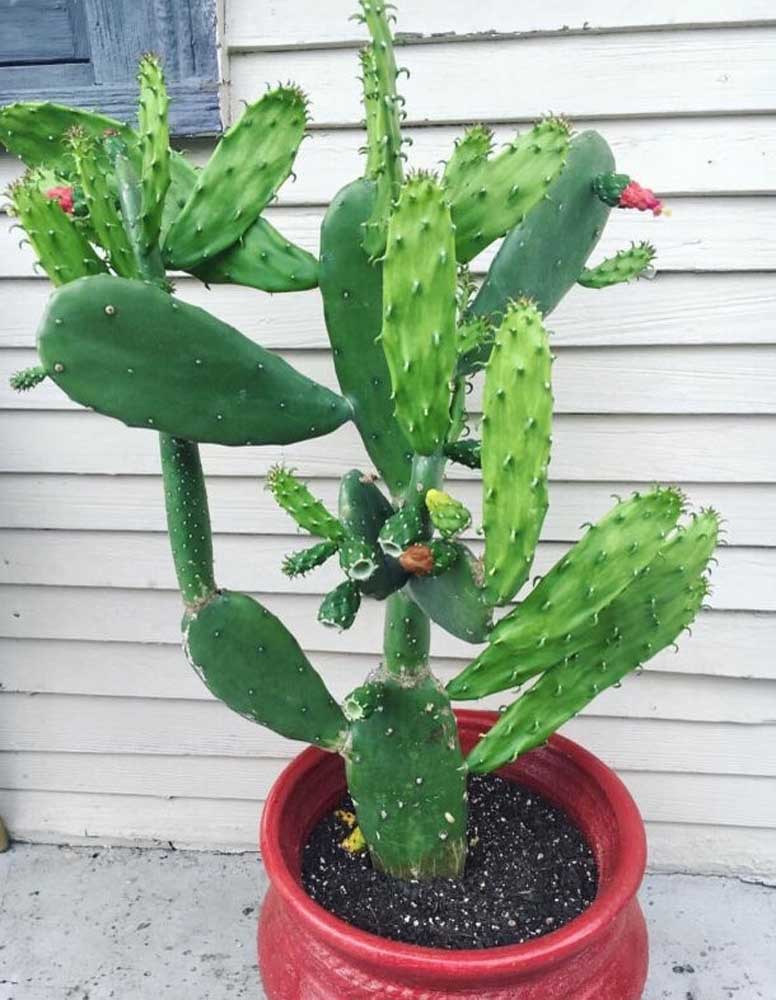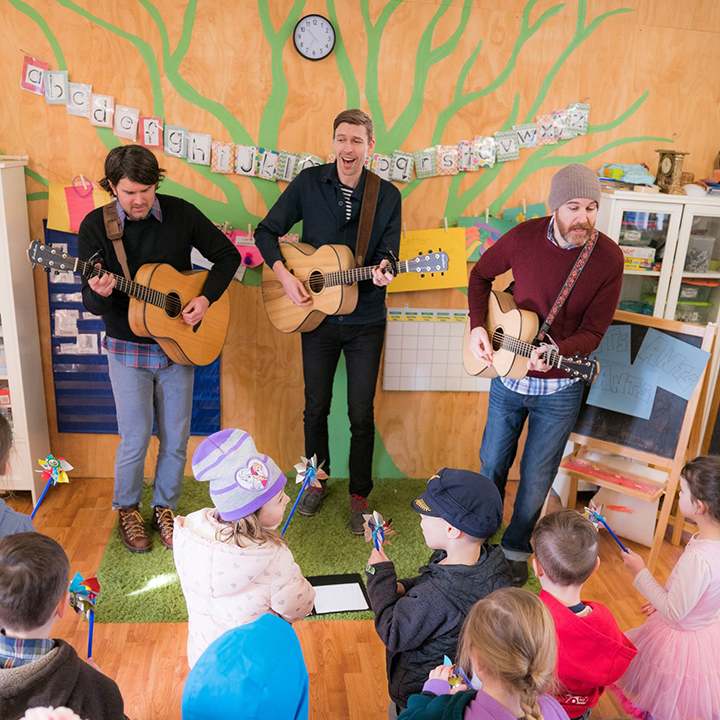GARDEN PLOTS: Prickly pear cactus: A symbol of home for Israelis and Palestinians
Published 6:00 am Wednesday, November 8, 2023

- The author grows a prickly pear cactus in a pot and brings it indoors to overwinter alongside her tender perennials.
I did not sing to you, my land,
Nor glorify your name
With tales of heroes
Or battle trophies.
But my hands planted trees
By the tranquil Jordan
And my legs trod paths
Through your fields.
— Rachel Bluwstein Sela (1890-1931)
The garden book I’m reading and discussing during November is titled “My Wild Garden: Notes from a Writer’s Eden” (2020) by Meir Shalev, one of Israel’s most celebrated authors of fiction, nonfiction and children’s stories. When I put the book on my list last year, I had no idea it would be such a politically timely read in 2023.
Yet, as the deadly conflict between Israel and the Palestinian militant group Hamas enters its fifth week in Gaza, I’m understanding “My Wild Garden” as Shalev’s testimony to living a simple, practical life in what he calls “a very complicated and irrational region.” His garden essays are reminders that Israelis and Palestinians want the same thing we all want: a place to call home.
In his garden in the Jezreel Valley, 100 miles north of the Gaza Strip, Shalev adds to the plants he inherited from the previous Arab tenants, including a large sabra, or prickly pear cactus. The spiny, paddle-shaped pads of Opuntia ficus-indica bear several orange-yellow-red flowers in spring or early summer. Each blossom produces one oblong, edible berry with thick outer skin and deep purplish-red or yellow flesh.
Shalev reminisces about picking “oh-so-sweet sabras” as a child in Jerusalem and Nahalal. He writes, “Anyone hiking in Israel knows there are many sabra bushes like these, all looking as though they were sown by God in the middle of nowhere. Almost always, this nowhere was once an Arab village.”
In fact, sabra cacti and their sweet fruit are pervasive reminders of the complex history and politics of the region. The Hebrew name for prickly pear cactus, sabra, was derived from the Arabic sabr, which means tenacity, self-control and the capacity to endure under pressure. Today, Palestinians think of prickly pears as symbols of their dispossession.
Meanwhile, the State of Israel adopted “sabra” as a Zionist nickname for Jewish children born there. Shalev offers a customary explanation for the nickname: “Israeli children are like the fruit of the sabra: prickly on the outside but soft and sweet on the inside.” But then he says the meaning really goes deeper: “…namely that these bushes seemed to embody the essence of locality to new Jewish immigrants.”
So the prickly pear cactus is one plant with two very disparate connotations of home: gaining a home for one group of people and losing a home to another. Ironically, prickly pear cactus is not indigenous to the Mediterranean Basin but an immigrant from Mexico, brought to Europe by the Spanish at the beginning of the 16th century.
Shalev writes that while traveling, he has encountered the cactus in Sicily, Spain, Sardinia, France, Greece and Italy. He says, “I greet it each time the way one greets a relative or acquaintance, and for a moment I feel at home.”
I grow a prickly pear cactus in a pot, and now that I know a bit about its history in the Middle East, I see another dimension to this interesting plant that I didn’t recognize before. Although many Opuntia species are winter-hardy, their roots are prone to rotting from too much moisture, so I bring my potted prickly pear indoors to overwinter alongside my tender perennials.
It’s a good time to check the plant for any damage and soil-dwelling insects, transfer it into a larger pot if needed, and remove some of its pads to propagate new plants. I use gloves to remove healthy pieces of stem at least 3 inches long, leave the cuttings on a sunny windowsill until the wounds heal over, and then insert the base of the cuttings into gravelly, well-draining soil deep enough so the cuttings stand up on their own.
The cuttings should be watered thoroughly right after planting and thereafter only when the soil is dry. Place the cuttings in a warm spot out of direct sunlight and they’ll root in about four weeks. New growth will appear by springtime, when the pot will be placed outdoors again after the last frost date in April.
The verse that heads this column was written by a Russian Jewish woman Shalev refers to as “Rachel the Poet,” who immigrated to Palestine in 1919 and joined an agricultural kibbutz in the Jezreel Valley. (She was soon expelled after contracting tuberculosis.) Rachel’s poem alludes to the irony of land wars — that is, destruction of the contested land. Amid all the devastation of the past month — thousands of people killed, buildings destroyed — the prickly pear cactus bears witness to the lengths humans will go to protect the place they call home.






